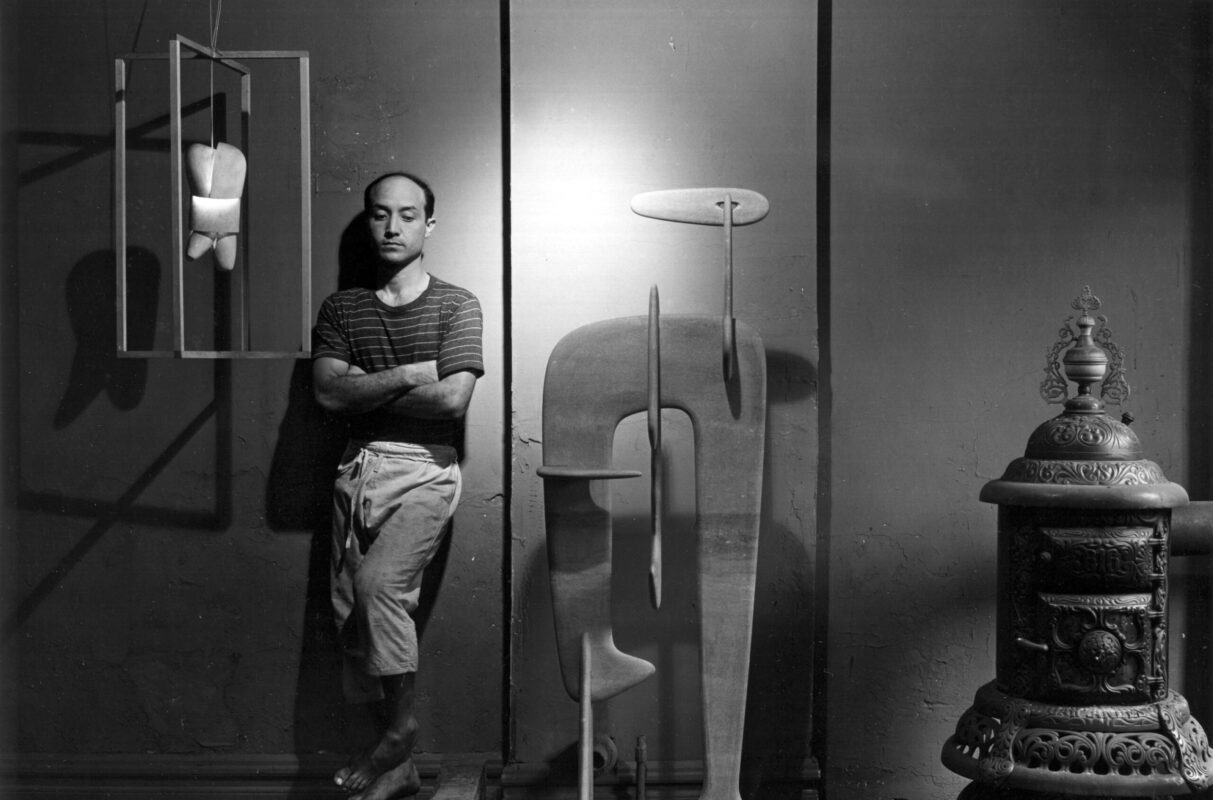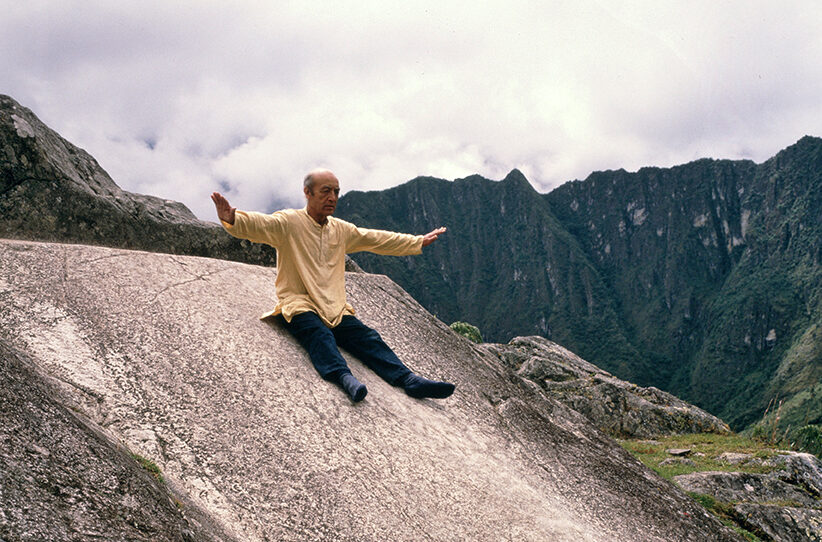The Barbican Art Gallery is worth visiting for its architecture alone. But, when it’s stocked with the illuminating sculptures of Isamu Noguchi, you’re invited to witness something extraordinary.
A retrospective of the Japanese-Americans career, which spans more than six decades, this October sees the Brutalist gallery host Noguchi’s sculpture, architecture, dance and design. The Barbican, with the help of Kate Weiner, Assistant Curator at The Noguchi Museum in New York, celebrates Noguchi’s inventive approach to sculpture in an ethereal environment.
Ushered upstairs, the exhibition starts on the top floor of the gallery, and works its way around, letting you spy on the floor below. With the only light coming from each display, the dark walkways create a ghostly ambiance. Silent, only for the occasional footstep or the hushed whisper as a staff member describes the display to an intrigued passerby.
NOW READ: Awesome immersive experiences in the City of London
The upper gallery is home to Noguchi’s older works with a bigger focus on the human form and the environment. Take, for example, the uniquely abstract furniture and sculptures. Look closer and you can see the human form. Vertebrae-like curves are a common theme and something that inspired the artist a lot. The sharp rigidity of the work, with the glowing lights shining through the sculptures forming shadows makes for an almost unearthly feeling.

Noguchi (1904-1988) is well-known for his coffee tables and akari lights, and this is notable on the ground floor. Balancing out like yin and yang, the bottom floor is brighter as Noguchi’s famous lanterns hang from the ceiling, opening up the space and making it feel a lot more welcoming. With splashes of colour and hanging mobile sculptures, the room almost feels child-like in comparison to the top floor.
Noguchi’s lanterns were celebrated around the world when he first designed them, and nowadays, you won’t find a young professional’s flat without a similar version hanging from the main light.
The paper lanterns are made from the inner bark of Mulberry trees and thin strips of bamboo create the skeleton. It was a delight to wander around the displays and enjoy the twisting sculptures with a warm glow coming from above. The room created a sense of illuminated weightlessness.
The exhibition is also home to a wonderful collection of ceramics and films for you to watch dancers glide and perform around his designs. Noguchi was not only an artist but he was truly an incredible innovator, too.
Until January 9, 2022 barbican.org.uk
For the latest headlines from the City of London and beyond, follow City Matters on Twitter, Instagram and LinkedIn.








